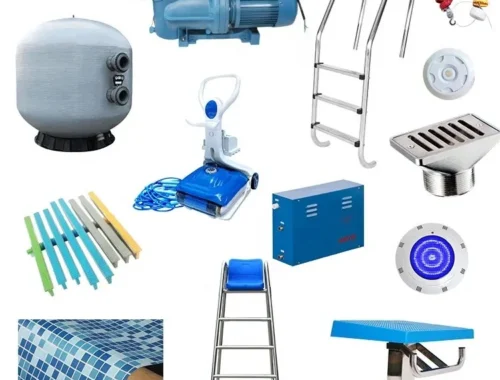Common faults of needle roller bearings
In the manufacturing process of needle roller bearing parts, various defects may occur after forging, rolling, punching, turning, grinding, heat treatment and other processes. The following are five common defects in the manufacturing process of needle roller bearings.
1. Forging defects
Forging wrinkles are easy to form wrinkles on the surface due to uneven cutting, burrs, burrs and other reasons. It is characterized by thick folds and irregular shapes, which tend to appear on the surface of the parts. It is best to use fluorescent magnetic particle inspection to make the defect display clearer and more intuitive. The magnetic marks formed by forging are generally lines, grooves and fish scales at an angle to the surface, as shown in Figure 1. The metallographic sample of the defect section was made and observed under a microscope. The tail of the defect is round and blunt, the sides are smooth, and there is obvious oxidation phenomenon, as shown in Figure 2, no material inclusions and other foreign objects are found. After the metallographic samples were corroded by cold acid, the defects and their sides were severely decarburized and oxidized; the results showed that the plastic deformation traces of the composite material were obvious, and there was no tearing fracture. According to the microhardness test and metallographic observation, there are different degrees of carburizing hardening on the surface of the defect layer. In summary, the analysis shows that the defect should exist before heat treatment and quenching, and communicate with the outside world, so it is determined that the defect is a forging wrinkle.
2. Forging defects – forging over-burning
If the forging temperature is too high and the holding time is too long, overheating, grain boundary oxidation or even melting will occur. Microscopic observation shows that the surface grain boundaries are not only oxidized and cracked, but also have sharp corners; in addition, the grain boundaries in the severely segregated regions of the metal begin to melt, and sharp-angle voids will be formed when the segregation is severe. When the overfired material is forged in this defect state, it will be torn by heavy hammer forging, punching and rolling to form larger defects. Severely overburned forgings have an orange peel-like surface, with small cracks and thick oxide skin on the surface. Fluorescent magnetic particle inspection is adopted to make the defect display clearer. Pitting pits are caused by overburning defects during forging, as shown in Figure 3. Metallographic specimens are prepared along defect cross-sections. Under the microscope, it can be seen that the pores are distributed on the surface and subsurface, with local sharp corners, different sizes, and bottomless depths. There are small cracks on the edges, and grain boundary oxidation occurs in some areas. The shape of the hole is shown in Figure 4. On the other hand, the fracture is observed after breaking the fracture along the defect hole. The fracture is a stony fracture with a large number of holes and micro-cracks distributed on the fracture.
3. Quenching cracks
During the quenching process, when the quenching temperature is too high or the cooling rate is too fast, the internal stress is greater than the fracture strength of the material, and quenching cracks will appear. Fluorescent magnetic particle detection should be used to improve sensitivity and reliability. The magnetic traces of quenching defects are generally inclined, arc-shaped, dendritic or net-shaped. The starting position is wide and gradually becomes thinner with the extension direction. As shown in Figure 5, it is basically distributed along the circumference and the tail is sharp. After cutting the crack and making the metallographic sample, it can be seen that the crack is very deep, basically perpendicular to the outer surface, and no material inclusions and other foreign objects are found. After the fracture is broken along the crack, the fracture is brittle, and the fracture has an obvious tempering color.
4. Defects in raw materials
In the grinding process of needle roller bearing parts, grinding cracks are easy to occur due to the large feed of the grinding wheel, the runout of the grinding wheel shaft, the insufficient supply of cutting fluid, and the dull abrasive grains of the grinding wheel. In addition, the quenching temperature during the heat treatment is too high, resulting in overheating of the structure, coarse grains, and increase of retained austenite, network structure and coarse particles. The magnetic marks of grinding defects are generally mesh, radial, etc.
Shandong Meibeiya Bearing Co. Ltd., was founded in 1 9 9 5 ,is a trade enterprise specializing in design,production, manufacturing, bearing sales and service.We can offer ODM/OEM service,produce according to your samples or drawings.Looking forward to making business with you.
Keyword: Plastic product manufacturing
You May Also Like

Dino Game: A Timeless Classic in the World of Online Gaming
March 22, 2025
Essential Pool Supplies for a Perfect Swimming Experience
March 18, 2025
